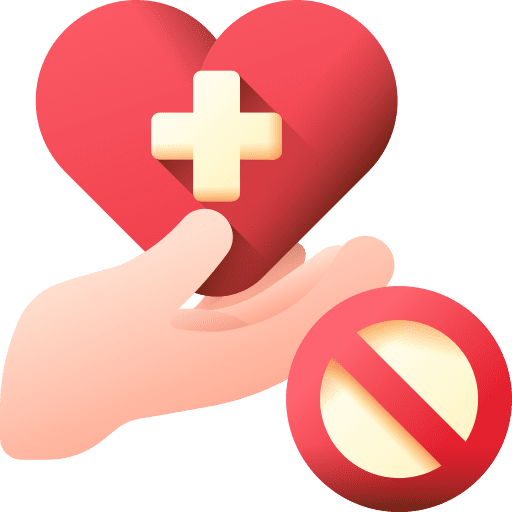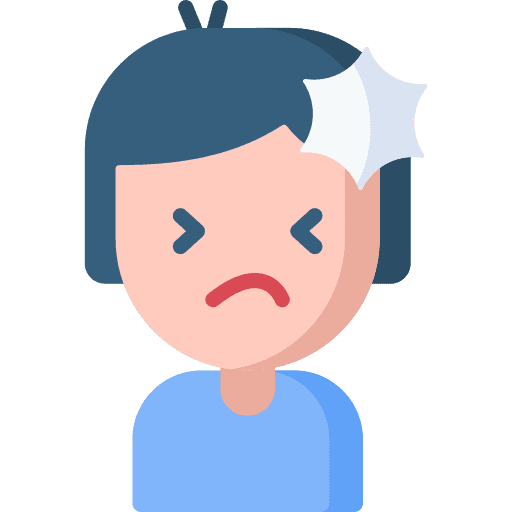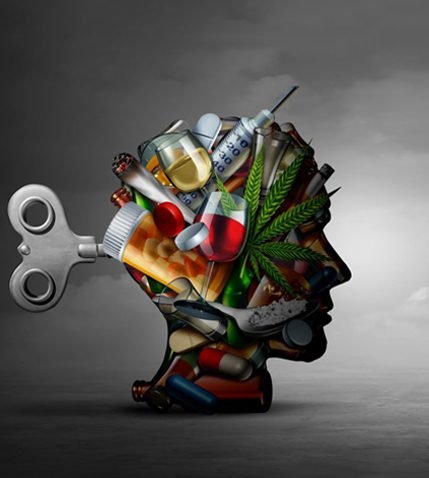
Self-Deception
Keep in mind that even healthy people do not easily admit their guilt, blame others and entertain themselves through self-deception. The drug addict is the champion in these things. Communicating with the patient is not easy. We need training if we want to improve it. Don’t take promises from the patient because promises are not a cure for this disease.
The real cure is to change the patient’s ill thoughts. Ask the patient to meet the treatment requirements instead of being a watchdog. Stop controlling the patient’s drug intake. Even the patient himself cannot control the number of drugs. Yes! He can quit completely. Controlling quantity is not a cure, it’s just a thief’s game.





